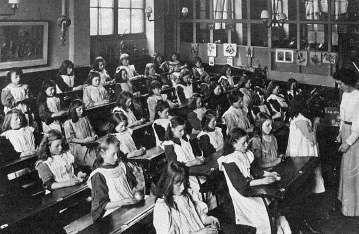 When HP and HPE split, the smart money was on HPE cleaning up, while HP followed the death of the PC into oblivion.
When HP and HPE split, the smart money was on HPE cleaning up, while HP followed the death of the PC into oblivion.
However the latest figures show something strange has happened, and the hardware maker of expensive printer ink is doing better than its enterprise orientated evil twin.
HP third-quarter numbers saw revenue growth hit double digits and profits came in ahead of guidance. Meanwhile HPE has failed to meet expectations for four consecutive quarters. HP’s shares are up by almost a third and the latter’s down by nearly a fifth over the last year.
There really is no reason for this different. PC shipments are in the midst of a five-year slump, according to Gartner. Yet HP’s Personal Systems arm had a third straight quarter of double-digit revenue growth, with desktops returning to growth in the quarter.
CEO Dion Weisler said it reflected the reinvention of its product line in this area: “In calendar quarter two, we outgrew the PC market unit growth by 9.5 points year over year, remaining the number one global PC market share leader with 22.8 percent share.”
HP overall growth accelerated to 10 per cent year on year, compared with seven percent in its Q2, with growth achieved in both its Personal Systems and Print segments for a second consecutive quarter.
The printer market is also in the doldrums, but HP saw growth thanks to a 10 per cent hike in supplies sales, its Print arm grew sales six per cent year on year, and Weisler said HP Inc now has a 38.5 percent total print unit market share.
Weisler vowed that “profitable growth will continue to be our priority”, pointing out that its Personal System Group’s profits, margins and revenues all grew sequentially in Q3 despite the industry-wide component cost headwinds.
“We’ve been proactive with our ongoing productivity efforts, repricing actions and focus on product mix”, he said.
Weisler described Q3 an “outstanding quarter, showcasing strong execution of our strategy he added that the vendor is investing in “future categories”.
It had “raised the bar” in the premium segment with its new Spectre x2, adding that it had expanded its Omen gaming portfolio with a new virtual-reality backpack.
HP made its big entrance into the 3D print market last summer, and Weisler said the vendor has now amassed 45 resellers for the technology globally, as well as more than 20 Reference and Experience Centres. Its 3D print customers include Jaguar Land Rover, Flex and others in the automotive, pharmaceutical, government and education industries.
All up, it looks like HP is doing well.
 The global notebook market is improving with 164.7 million units shipped in 2017 according to TrendForce’s latest market report.
The global notebook market is improving with 164.7 million units shipped in 2017 according to TrendForce’s latest market report.


















